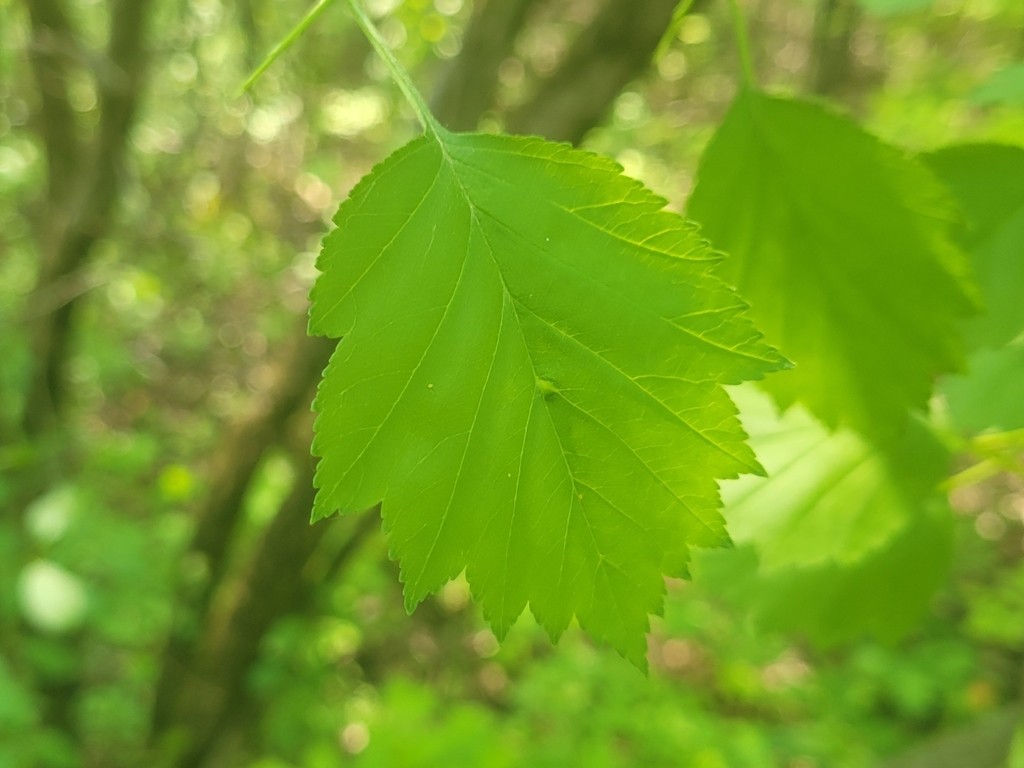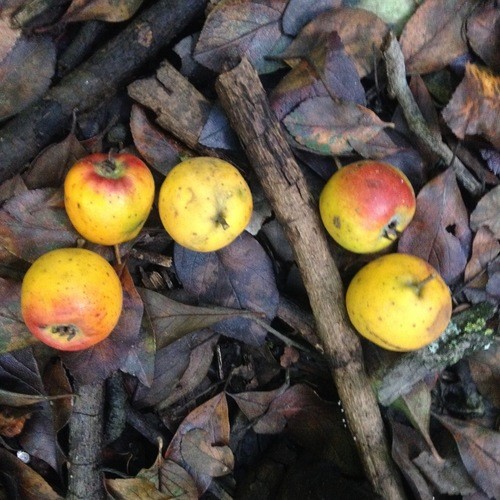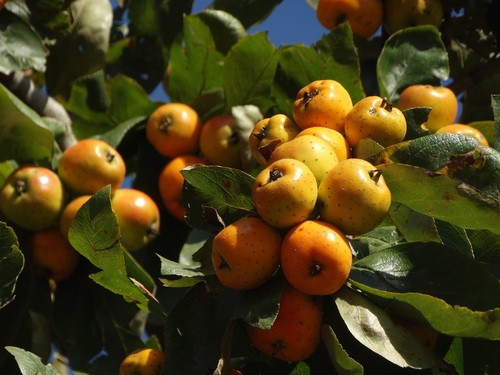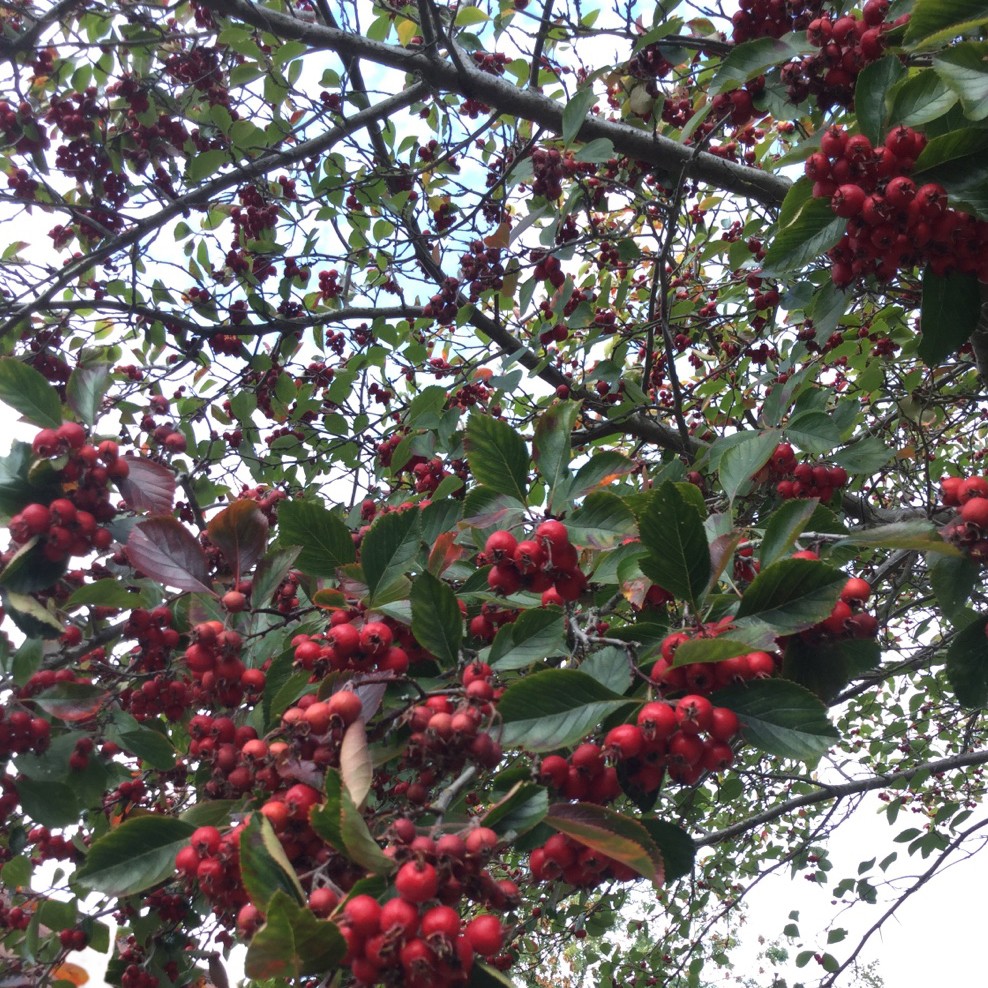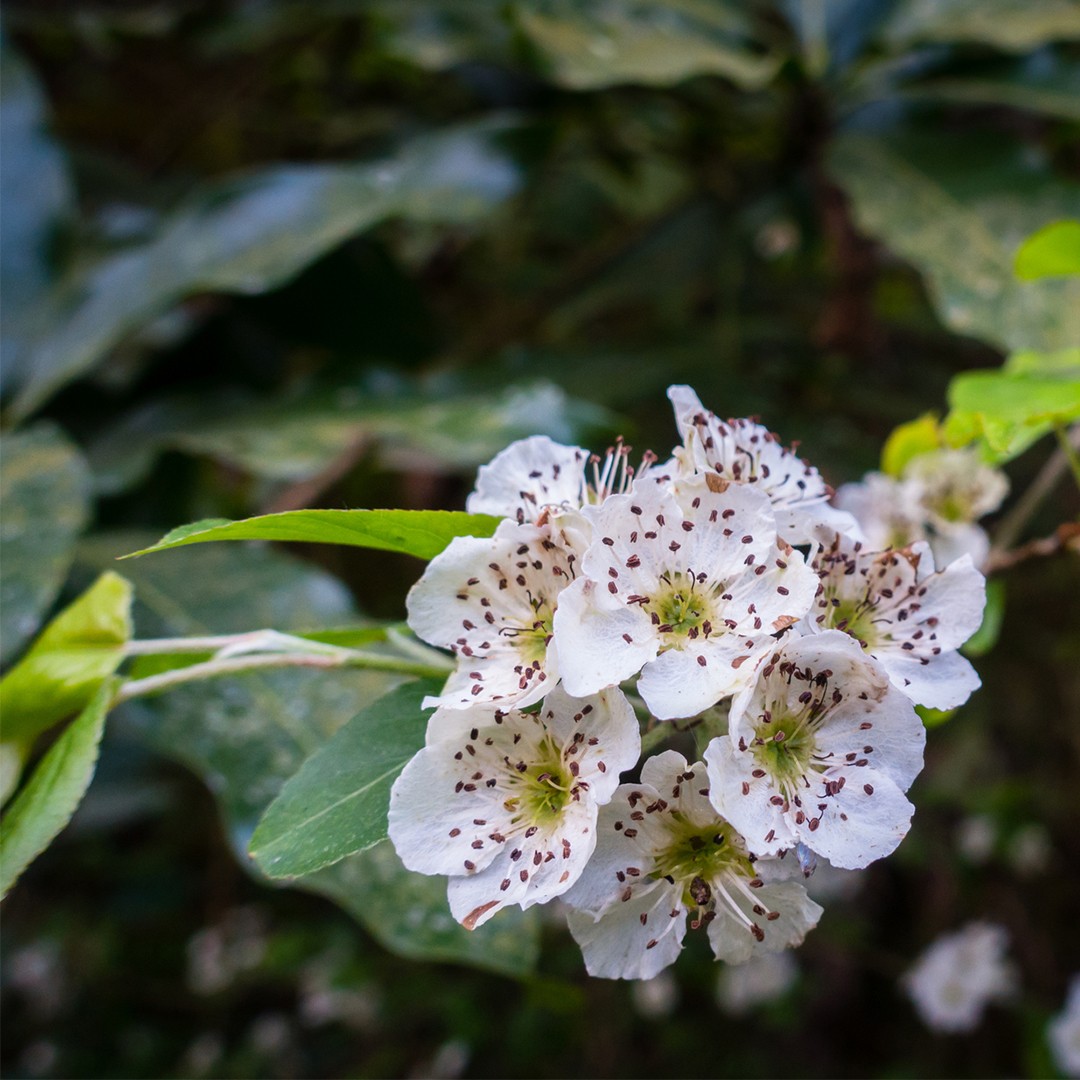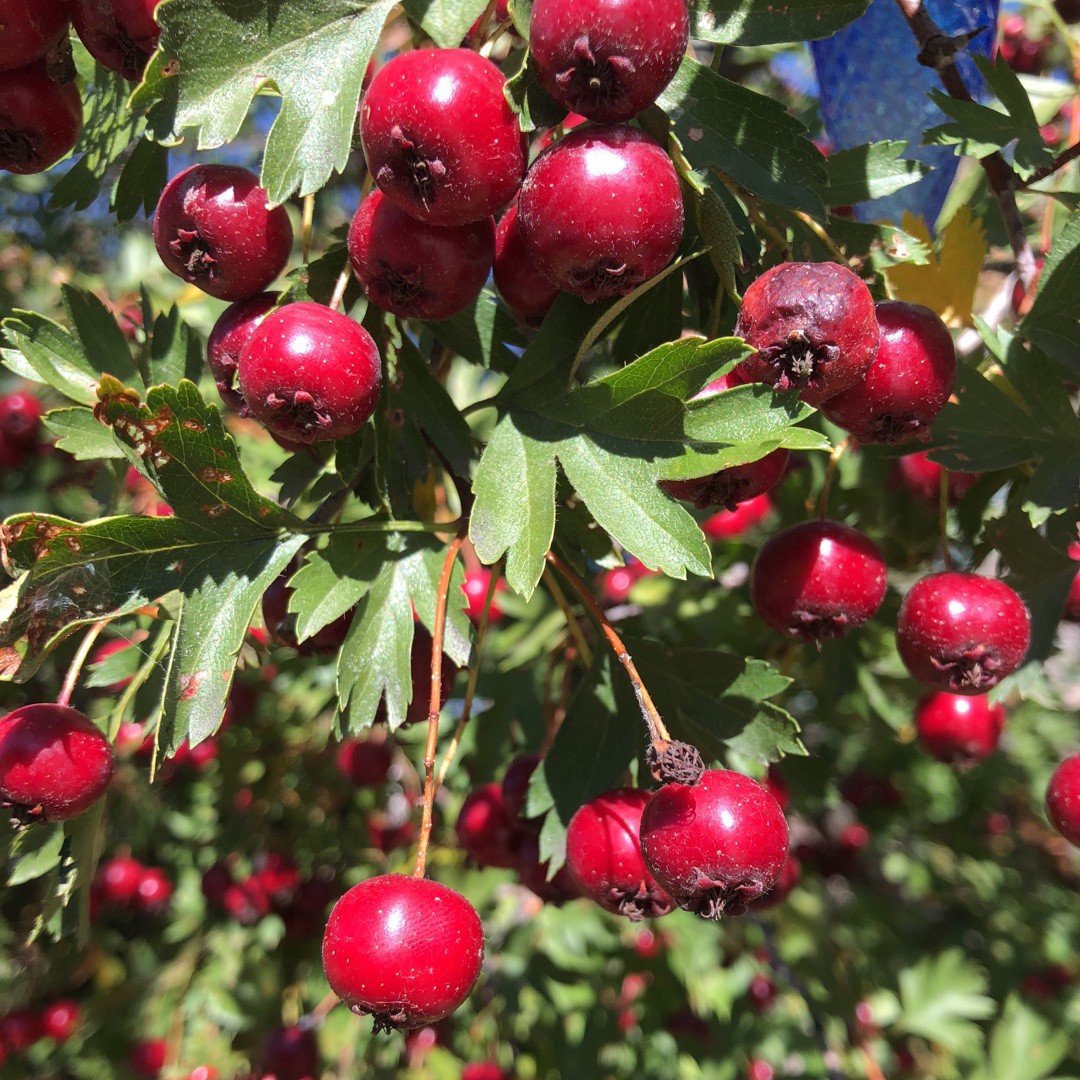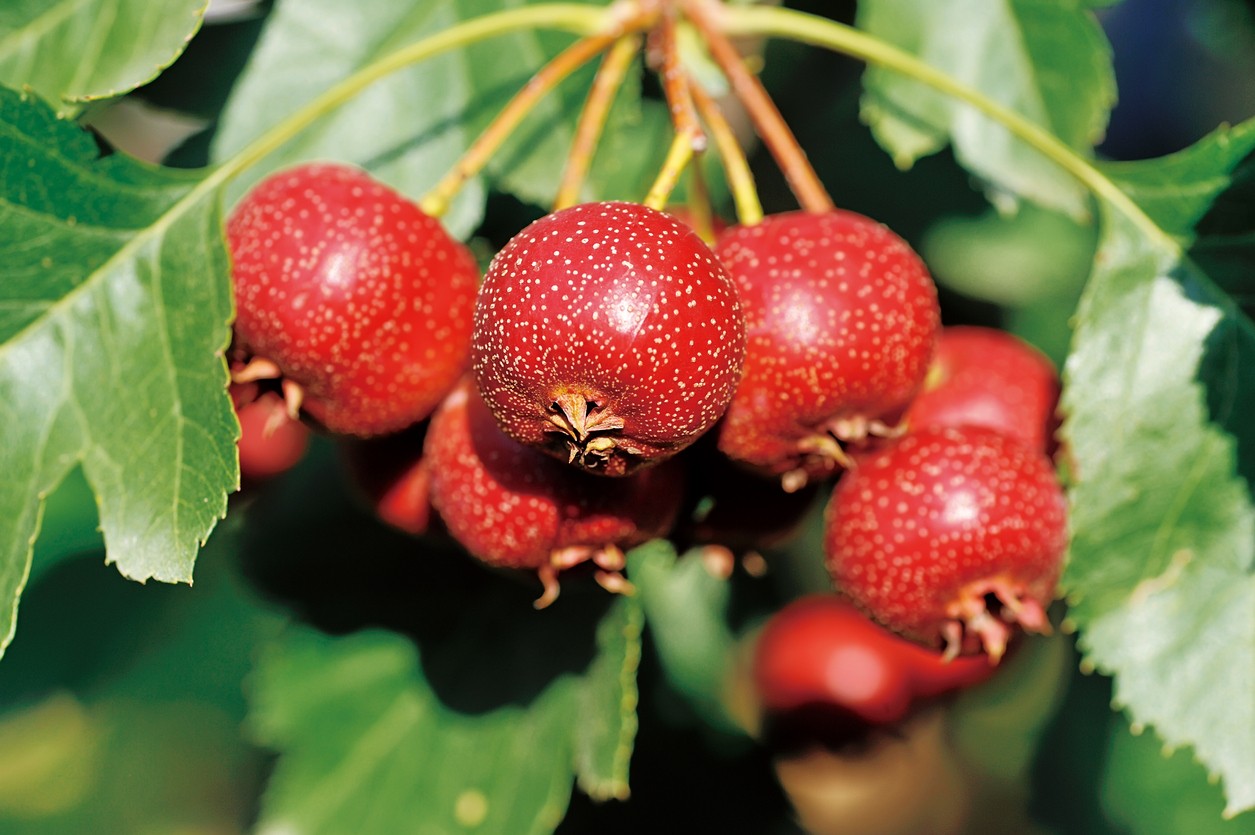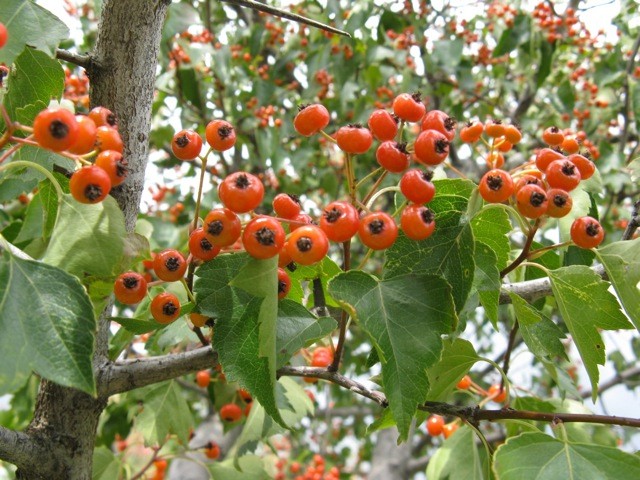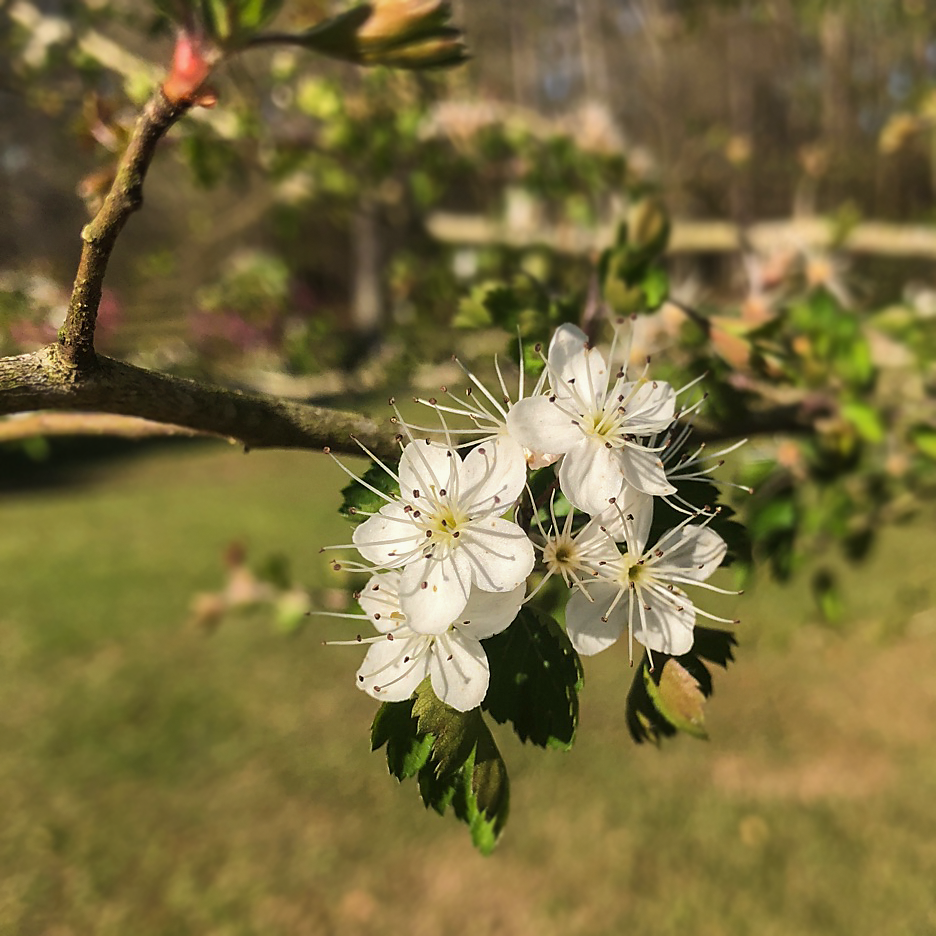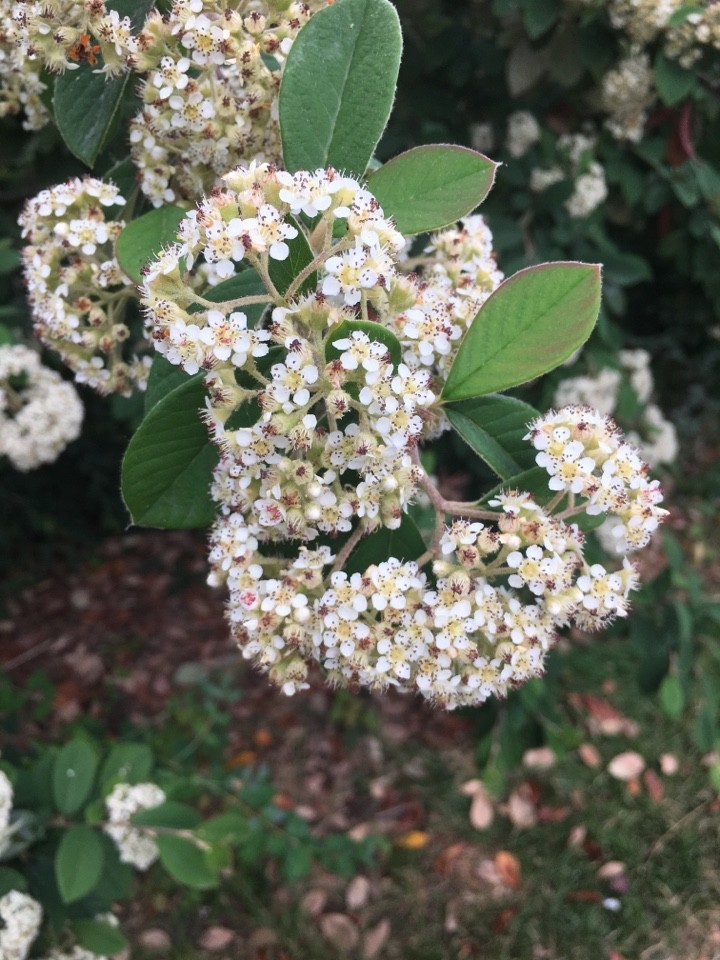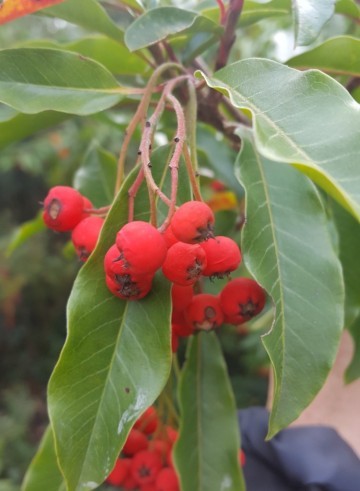![How to Propagate Hawthorns?]()
How to Propagate Hawthorns?
Propagation Type: Sowing, Cutting, Division
The primary propagation methods for hawthorns include seed sowing, layering, and hardwood cuttings. Key factors for successful propagation are well-draining soil, appropriate moisture levels, and sufficient light exposure. Stratification is a special consideration for seeds, as they require a period of cold treatment to break dormancy. The general difficulty level ranges from moderate to challenging due to the need for patience and precision, especially with seed stratification and ensuring cuttings take root. Step-by-step approach for propagation by cuttings: 1) Collect hardwood cuttings from mature hawthorns in late winter. 2) Prepare a pot with a mix of sand and peat for good drainage. 3) Dip the cutting end in rooting hormone. 4) Plant the cuttings in the prepared pot, ensuring a few buds are above the soil. 5) Place the pot in a warm, bright area, avoiding direct sunlight. 6) Keep the soil consistently moist. 7) Wait for root development before transplanting.
